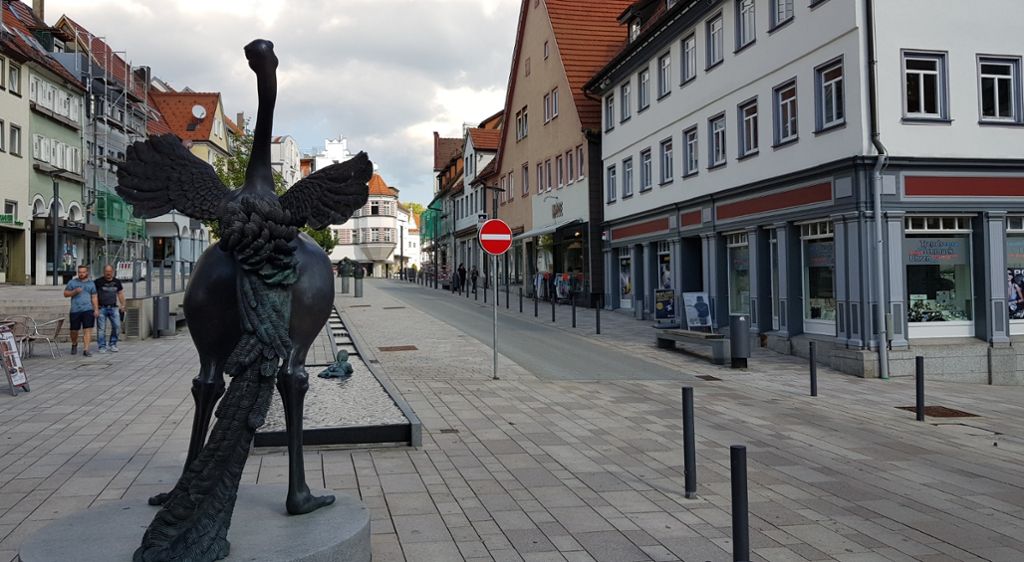Commitment to decarbonisation, homogeneous standards for low emission zones (ZBE) and employment protection were the main conclusions of the conference “Urban mobility and its integration with the ZBE”, organized by ANFAC (Spanish Association of Automobile Manufacturers and Trucks), in which transport needs in urban areas and the mobility restrictions imposed in many Spanish cities after the approval of the Climate Change Law were analysed.
Homogeneous laws
As a representative of municipal policy, Alfonso Gil, president of the Transport, Sustainable Mobility and Road Safety Commission of the FEMP (Spanish Federation of Municipalities and Provinces) and deputy mayor of the Bilbao City Council participated. He assured that improving air quality is a challenge that more than 400 Spanish cities have to face (those with more than 50,000 inhabitants and those with more than 20,000 with high pollution episodes).
In his opinion, this is the opportunity to achieve “mobility without smoke, without noise and without deaths”, with three keys: renewal of the vehicle fleet, bet on the automobile sector (it is the second that contributes the most to GDP) and achieve a public space shared by all users.
In any case, Gil welcomed the regulatory field that covers the new measures, including the new DGT sign we looked at recently. He also stressed that the FEMP works to standardise these emission-free zones and, for this, prepares a manual of good practices.
From the Ministry for the Ecological Transition and the Demographic Challenge, Ismael Aznar, general director of Quality and Environmental Assessment, explained that the Climate Change Law, recently approved, obliges cities to develop sustainable mobility plans that include ZBE.
In this area, he said, further progress will be made with the Sustainable Mobility Law, which will soon be approved by the Ministry of Transport, Mobility and Urban Agenda. The objective of all these new regulations is none other than to move towards a different mobility to fight against climate change and improve air quality and reduce noise levels in cities.
In this sense, he recalled that every year 25,000 people die due to environmental pollution. As he pointed out, the way should be the homogenisation of the regulations.
The challenge of merchandise distribution
An essential sector for urban mobility is undoubtedly that of the distribution of goods, which has grown exponentially during the pandemic. In this sense, Francisco Aranda, president of UNO Logística (Business Organization for Logistics and Transportation), reiterated the commitment of all these companies to care for the environment.
On the table he put three requests: rationality in the objectives (adapting them to the existing reality), dialogue by the institutions and rigor in the measures that are adopted. In addition to pointing out that the future involves a greater digitisation of processes, he assured that night deliveries and time flexibility must be increased and a “realistic” calendar for the renewal of vehicles must be proposed.
José López-Tafall, general director of ANFAC, described the recent approval of the Climate Change Law as “good news” because “it offers the regulatory framework they expected”. He also asked for homogeneous criteria throughout Spain for the ZBEs and assured that the mobility we want must be “comfortable, affordable, fast and sustainable.”
López-Tafall stressed that we are facing a change in the energy model that will take 45 years to implement (since 1995, when the first wind energy installations were placed until 2040), so it will be necessary “a lot of dialogue and consensus” and “flee from radicalism”.
In his opinion, it should be a priority to rejuvenate the Spanish car fleet and remove the most polluting vehicles from circulation. In this sense, he assured that, although electrification is progressing, it is not enough, mainly because there are many charging points lacking.
The post Low Emission Zones (ZBE) first appeared on N332.es – Driving In Spain.






